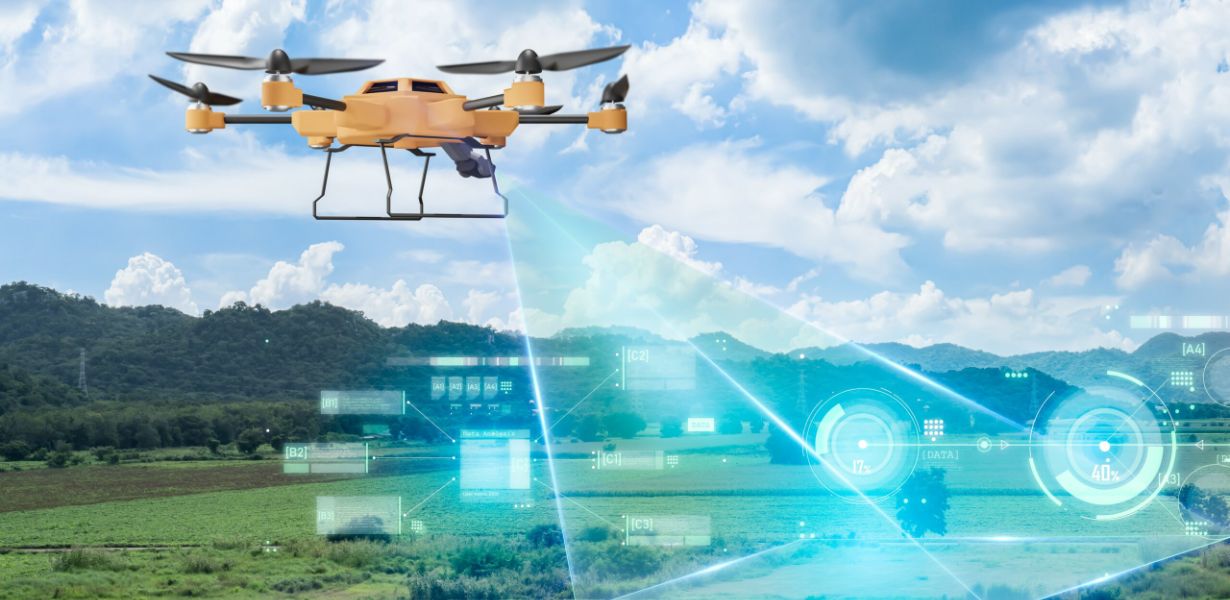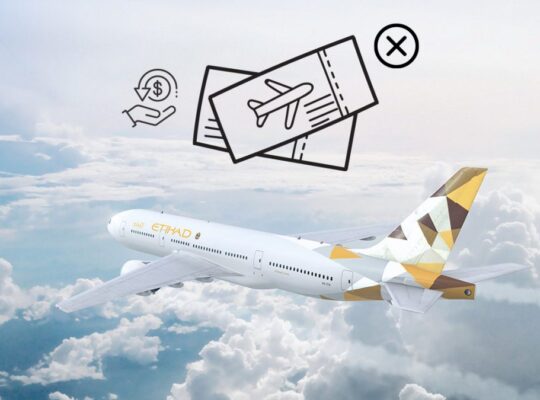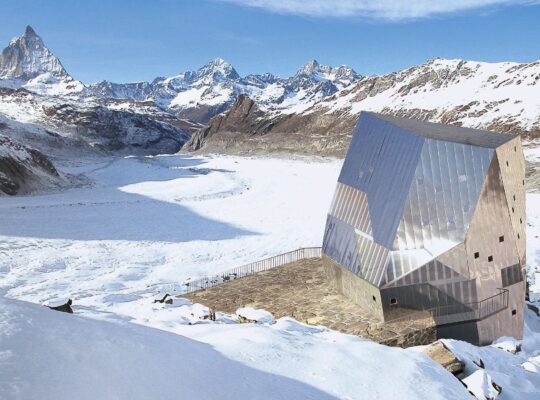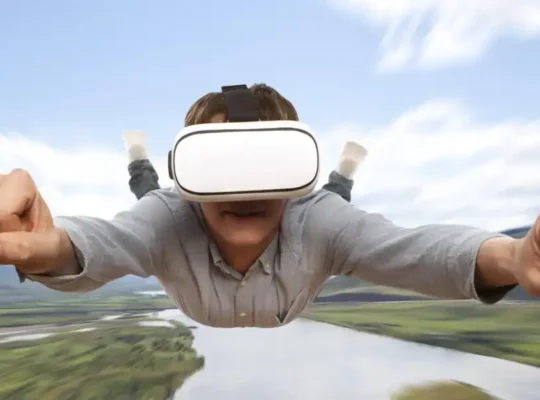In the ever-evolving landscape of technological exploration, drone enthusiasts have embarked on a captivating journey – one that transcends the boundaries of conventional discovery. As the allure of nature exploration intensifies, tech aficionados are leveraging cutting-edge drone technology to map and unravel the secrets of unexplored terrains. Let's delve into this extraordinary synergy of technology and nature, uncovering the untold stories of drone expeditionaries.
Nature Exploration: A Tech-Infused Odyssey
In the realm of nature exploration, drones have become indispensable tools, offering a unique perspective that was once unimaginable. From dense rainforests to rugged mountain ranges, these unmanned aerial vehicles soar to new heights, capturing breathtaking visuals and data that redefine our understanding of the natural world.
The Rise of Drone Technology
The genesis of this exploration lies in the rapid advancements of drone technology. With enhanced capabilities in maneuverability, camera technology, and data collection, drones have become the eyes in the sky for intrepid explorers seeking to map uncharted territories.
Mapping Unexplored Terrains
Drones equipped with state-of-the-art GPS and mapping systems have revolutionized how we navigate and document untouched landscapes. The precision and efficiency with which these devices operate enable detailed mapping, aiding researchers, environmentalists, and adventure enthusiasts in their quest to understand and conserve these pristine areas.
Navigating Challenges: From Canopy to Canyon
While the allure of mapping unexplored terrains is undeniable, drone expeditionaries face a myriad of challenges in their quest for discovery.
Technical Challenges
Navigating through dense vegetation or over steep cliffs presents technical hurdles that require ingenuity and expertise. Advanced obstacle avoidance systems and terrain-following capabilities have become essential features for drones venturing into challenging environments.
Environmental Impact
Balancing the excitement of exploration with environmental responsibility is paramount. Drone expeditionaries actively work to minimize their ecological footprint, adhering to guidelines that ensure minimal disturbance to fragile ecosystems.
Nature Conservation through Technology
Beyond the thrill of exploration, drone expeditionaries play a crucial role in conservation efforts, utilizing technology to monitor and protect delicate ecosystems.
Biodiversity Monitoring
Drones equipped with high-resolution cameras aid in monitoring wildlife populations and tracking changes in biodiversity. This invaluable data contributes to conservation initiatives, helping to preserve endangered species and their habitats.
Environmental Threat Detection
From illegal logging to poaching, drones serve as vigilant guardians, detecting and reporting environmental threats in real-time. Their surveillance capabilities empower conservationists to respond swiftly to protect natural habitats.
Future Horizons: The Uncharted Potential
As drone technology continues to evolve, the horizons of nature exploration expand, unlocking new possibilities for discovery and conservation.
Technological Advancements on the Horizon
The future promises even more sophisticated drones with improved battery life, enhanced sensors, and artificial intelligence capabilities. These advancements will further empower expeditionaries to explore and document the most remote and inaccessible areas.
Final Words
In the marriage of technology and nature exploration, drone expeditionaries have become modern-day pioneers, pushing the boundaries of what we thought possible. As we peer into the unexplored realms through the lens of innovation, the impact on our understanding of the natural world is profound. The journey continues, and the possibilities are limitless.
Commonly Asked Questions
1. How do drones contribute to nature exploration?
Drones provide a unique aerial perspective, capturing detailed visuals and data that aid in mapping and understanding unexplored terrains. They contribute to biodiversity monitoring, environmental threat detection, and conservation efforts.
2. What challenges do drone expeditionaries face?
Technical challenges, such as navigating through dense vegetation, and environmental impact concerns are among the challenges faced by drone expeditionaries. Balancing exploration with ecological responsibility is crucial.
3. How do drones benefit nature conservation?
Drones contribute to nature conservation by monitoring wildlife, tracking changes in biodiversity, and detecting environmental threats in real-time. Their surveillance capabilities empower conservationists to protect natural habitats.
4. What is the future of drone technology in nature exploration?
The future holds the promise of more sophisticated drones with improved battery life, enhanced sensors, and artificial intelligence capabilities. These advancements will enable expeditionaries to explore and document even the most remote areas.
5. How can drone technology be responsibly used in nature exploration?
Responsible drone usage involves adhering to guidelines to minimize ecological impact. Expeditionaries prioritize environmental conservation, ensuring that their exploration activities do not harm fragile ecosystems.












